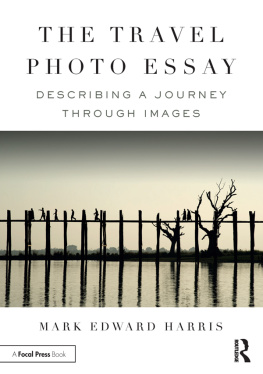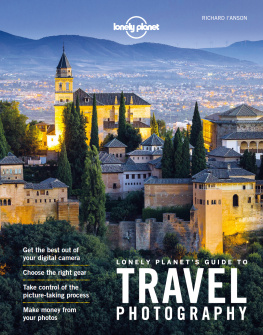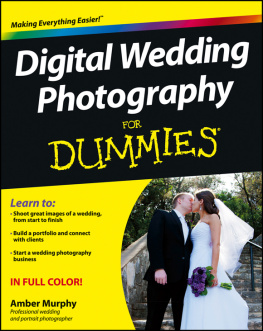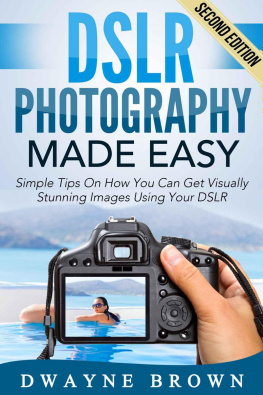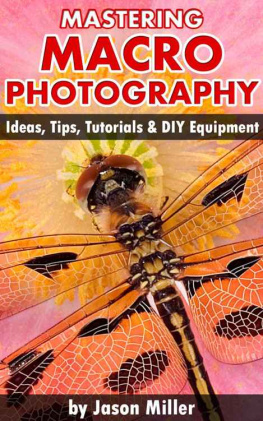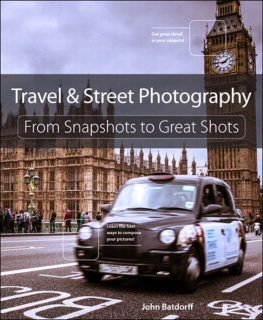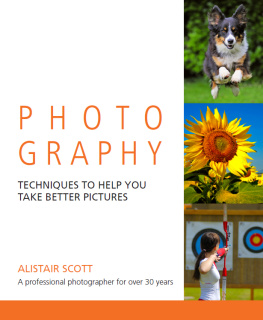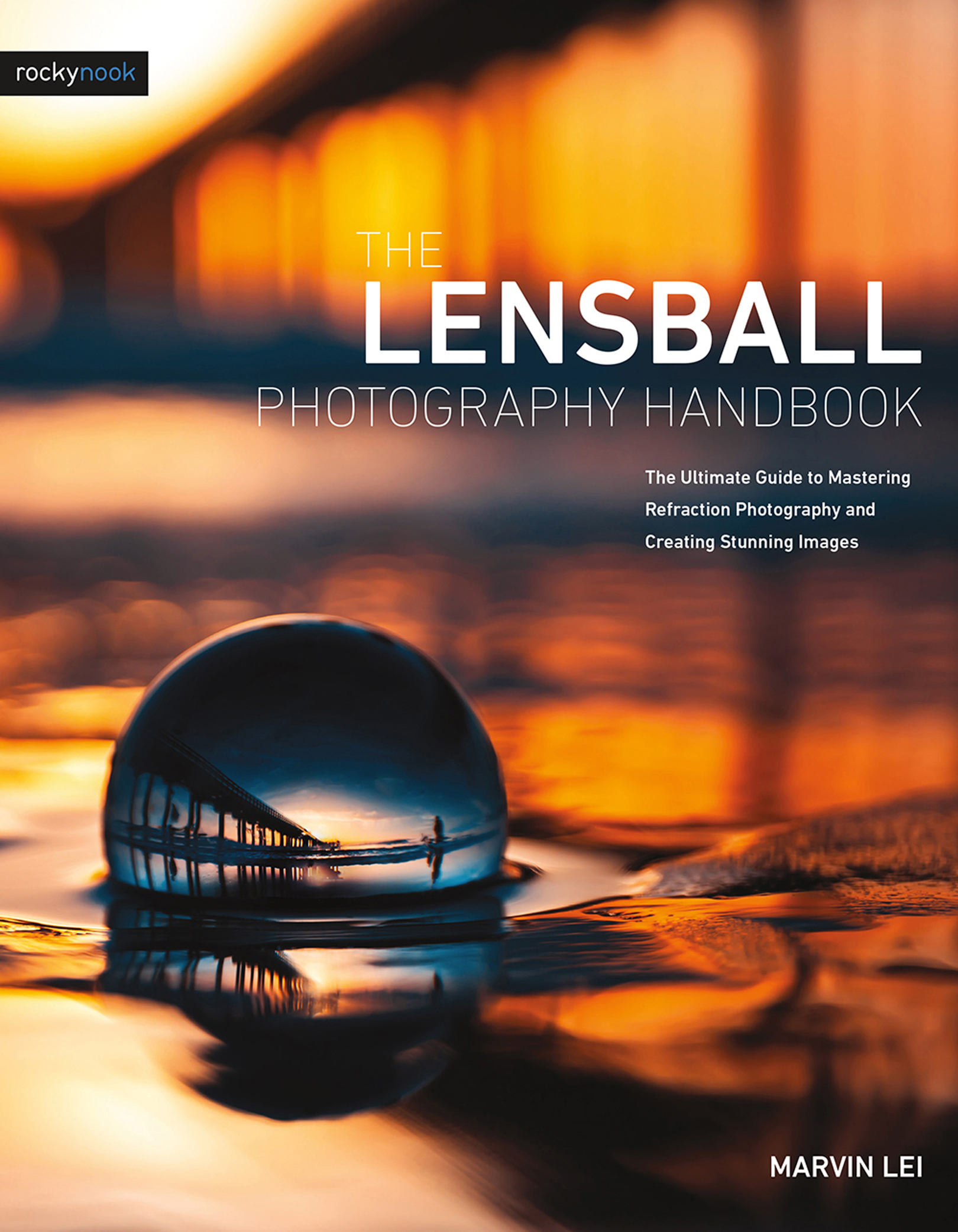The Lensball Photography Handbook
The Ultimate Guide to Mastering Refraction Photography and Creating Stunning Images
Marvin Lei

The Lensball Photography Handbook
The Ultimate Guide to Mastering Refraction Photography and Creating Stunning Images
Marvin Lei
Project editor: Jocelyn Howell
Project manager: Lisa Brazieal
Marketing coordinator: Katie Walker
Layout and type: Gary Hespenheide
Cover design: Aren Straiger
ISBN: 978-1-68198-578-7
1st Edition (1st printing, February 2022)
2022 Marvin Lei
All images Marvin Lei unless otherwise noted
Rocky Nook Inc.
1010 B Street, Suite 350
San Rafael, CA 94901
USA
www.rockynook.com
Distributed in the UK and Europe by Publishers Group UK
Distributed in the US and all other territories by Ingram Publisher Services
Library of Congress Control Number: 2021935014
All rights reserved. No part of the material protected by this copyright notice may be reproduced or utilized in any form, electronic or mechanical, including photocopying, recording, or by any information storage and retrieval system, without written permission of the publisher.
Many of the designations in this book used by manufacturers and sellers to distinguish their products are claimed as trademarks of their respective companies. Where those designations appear in this book, and Rocky Nook was aware of a trademark claim, the designations have been printed in caps or initial caps. All product names and services identified throughout this book are used in editorial fashion only and for the benefit of such companies with no intention of infringement of the trademark. They are not intended to convey endorsement or other affiliation with this book.
While reasonable care has been exercised in the preparation of this book, the publisher and author assume no responsibility for errors or omissions, or for damages resulting from the use of the information contained herein or from the use of the discs or programs that may accompany it.
This book is printed on acid-free paper.
Printed in Korea
Contents
Acknowledgments
I just wanted to first off take this time to thank my family and close friends for supporting my passion in photography over the years. For helping me come up with new ideas and having the patience to watch me test them. Especially through the instances of me losing my lensball to the ocean or standing with me knee-deep in a swamp to capture a sunset. I would also like to thank my supporters for motivating me to continue capturing my visions and providing me feedback on my work. Last but not least, thank you, Nicole, for always being an inspiration to my work and even sticking around after enduring my encyclopedia of Dad jokes.
About the Author
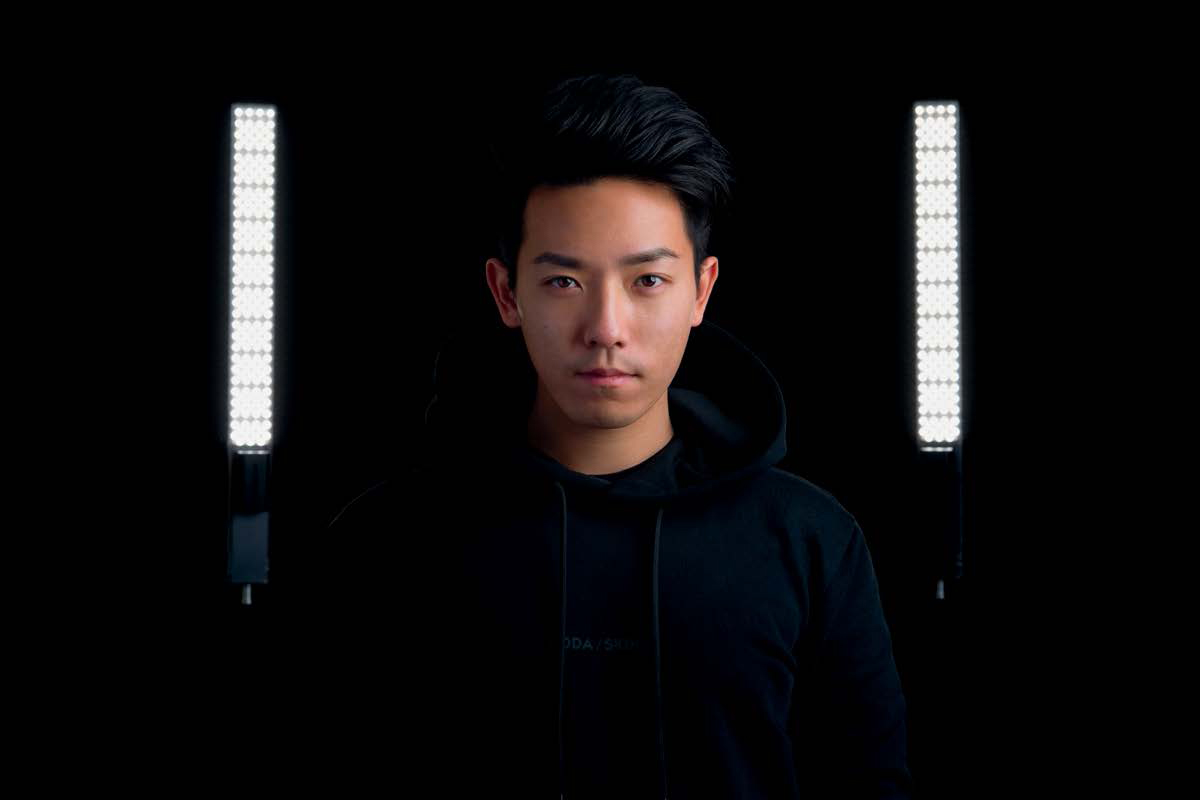
Marvin Lei is a photographer and digital artist based on Long Island, New York, who focuses on evoking sentiments through his work. Graduating from Stony Brook University with an MBA and Engineering degree, he spent much of his free time as the President of the Universitys Photography Association, educating students on the key elements in image-capturing as well as post-processing. Passionate in his technical field, he often challenges himself with experimental props and unconventional perspectives.
Introduction
My name is Marvin Lei and I am a photographer and digital artist. I specialize in portraiture and lensball photography and have been practicing my art for the past ten years. I began shooting with lensball in 2017 and was fond of how creative you could get with the photos. I decided to challenge myself and took at least one image in every environment I shot in. There was a lot of trial and error, but the experience helped build my understanding of the final picture. In the past few years, I began hosting local portrait photo walks and editing tutorial sessions to help photographers in my area become more accustomed to capturing subjects and posing models. During this period, I also brought the lensball on location as a prop and it garnered a good amount of interest. Over time, I accumulated more and more questions on my methods of shooting and editing, which served as a foundation for this guide.
In this guide, I will cover how I shoot and the settings I use for all my lensball images. Quick disclosure: there is no right or wrong way to shoot with a lensball, or to shoot any photo for that matter. The images you capture are your art and you should follow what you believe makes a picture interesting or beautiful. I am just here to provide you with guidelines and hopefully inspire you to develop your own style. For the sake of this guide, I explored both nature and urban landscapes to illustrate the different techniques and lighting styles that can be used in these scenarios. I left some of the images unedited so you can see what I look for in an image before I post-process it. The original composition and the lighting make up the majority of the image. Most of my photos are taken at 24mm, 35mm, 50mm, and 70mm, as those are the most common focal lengths for photographers. This will also help you visualize which lens configuration would be the most helpful for a specific location or environment.
The topics covered in this book were garnered from my years of trial and error. These concepts are geared toward photographers who have a general understanding of photography and who also have an interest in exploring the different avenues to shooting with lensball. Even if you have many years of experience, you may find some tips helpful that you can bring to the table on your next shoot.

[CHAPTER 1]Physics and Properties
If you find yourself struggling with a creative block or want to experiment with something new, try taking a lensball with you the next time you go out to shoot. Ive seen a lot of people create amazing work with this tool, and in turn, it has changed the way I shoot and compose my images. Unlike any ordinary prop, the lensball has some key elements that make it very unique.
First, the lensball has very similar properties to a wide-angle lens. Placing the ball too close to a subject will provide a fish-eye look, whereas moving it away from a backdrop allows it to encapsulate a large canvas. Straight lines will appear curved the farther they are from the center of the crystal ball, an effect also known as barrel distortion (). Many photographers utilize this attribute to create a strong perspective on the center of the image as well as to keep all of the scene in sharp focus.

Figure 1.1
Barrel distortion can be visualized as straight parallel lines in the center of the image that curve outward as they move closer to the edges. This property places more emphasis on the middle of the composition. Barrell distortion commonly occurs with the use of wide-angle lenses and can be easily rectified in post-production with Lens Correction settings.


